Keeping children safe on California’s roads requires a clear understanding of the latest car seat laws and safety standards. As the Golden State continues to lead the nation in traffic safety reforms, parents, caregivers, and even professional drivers in cities like Los Angeles, San Francisco, San Diego, and Sacramento must stay current with new regulations. With recent changes taking effect in 2025, this comprehensive guide will help you navigate the legal, practical, and safety aspects of transporting children in vehicles, incorporating the latest statistics and actionable advice that can make all the difference in an emergency.
Overview of Car Seat Laws in California
Key Changes for 2025
California’s car seat laws have undergone a significant update intended to better protect children against one of the leading causes of child injury and fatality—motor vehicle accidents. The new legislation builds upon existing standards and aligns with federal guidelines for crash protection, with a special focus on side-impact collisions.
The New Federal Standard
Beginning June 30, 2025, all new child car seats sold in California must pass the Federal Motor Vehicle Safety Standard 213a (FMVSS 213a), which now includes rigorous side-impact testing. This is a substantial step up from previous requirements, where only frontal crash standards were federally required.
Age and Size Requirements
The law clarifies and tightens requirements based on a child’s age, weight, and height, affecting how and where children can be seated in a vehicle:
-
Children under two years must ride in a rear-facing car seat unless they weigh 40 pounds or more, or are at least 40 inches tall.
-
Children under ten years old must use a booster seat or reach a minimum height of 4’9” before graduating to seat belts alone.
-
Children under thirteen must ride in the back seat unless all rear seats are occupied by other children younger than thirteen.
Many cities, from the dense streets of San Jose and Fresno to sprawling areas like Riverside and Bakersfield, enforce these laws with zero tolerance due to the state’s ongoing commitment to reducing child injuries.
Why These Changes Matter: The Science Behind Car Seat Safety
Understanding Side-Impact Protection
Side-impact collisions, or T-bone crashes, are among the most dangerous for children, second only to frontal accidents in frequency and severity. Unlike frontal crashes, which cars are generally better built to withstand, side impacts offer less protection because the child is closer to the crash point, increasing the risk of critical injuries.
With the 2025 standard, car seats are tested in simulated 30-mile-per-hour T-bone crashes, focusing on head and torso protection. This has led to innovations such as larger side headrests, reinforced shells, and advanced energy-absorbing materials that debut in new seat models.
The Role of Proper Fitting
Statewide surveys and crash investigations consistently reveal that improper car seat fitting or a premature move to seat belts are critical factors in childhood injury. In cities like Oakland and Anaheim, accident data shows that correct use of car seats reduces the risk of fatal injury by up to 71% for infants and more than 50% for toddlers in front-end and side collisions. Booster seats for older children further cut serious injury risk by nearly half compared to seat belts alone.
What Parents Need to Know in 2025
Rear-Facing Car Seats
A rear-facing seat remains the safest option for young children. The law is clear: all children under the age of two must be in a rear-facing car seat unless they surpass height or weight exceptions. Manufacturers have adjusted weight limits to align with the new standard, commonly topping out at 30 pounds.
Major retailers in Los Angeles, San Diego, and Sacramento report increased consumer awareness and a corresponding rise in the sale of rear-facing options that emphasize enhanced side-impact protection.
Forward-Facing & Booster Seats
Once a child outgrows the rear-facing seat but remains under the booster threshold, a forward-facing seat with a five-point harness should be used. The new law stipulates minimum weight thresholds—often 26.5 pounds for forward-facing seats—so parents in populous counties such as Orange and Alameda must double-check their seat model’s compliance.
Booster seats are mandatory for children under ten unless they reach the 4’9” mark, providing vital protection in both daily commutes across San Jose and longer road trips crossing Ventura or Kern County.
Seat Belts
No child should use a regular seat belt before outgrowing the booster seat requirements. Proper fit ensures the lap belt sits low across the hips—not the stomach—and the shoulder strap rests securely on the chest and shoulder. Misuse can result in severe abdominal or spinal injuries, especially in younger children.
Additional Child Safety Laws
Front Seat Restrictions
With the new reforms, California enforces strict back seat requirements for children under thirteen, regardless of city or county. Pasadena, Long Beach, and other urban centers with congested roads emphasize this rule to protect kids from front airbag deployment injuries.
Professional and Rideshare Vehicles
The updated laws apply to all vehicles, whether you are driving your own car in Santa Barbara or taking a rideshare in Sacramento. Limousines, taxis, and ride-hailing services must comply—drivers are expected to provide appropriate car seats or ensure parents bring them.
Statistics and Facts: California Child Car Safety in 2025
Child Injury and Fatality Rates
-
In recent years, California averages over 180 hospitalizations annually for children under four due to car accidents.
-
Fatal car crashes claim the lives of more than 3,600 people in California each year, and while not all fatalities involve children, car accidents remain the leading cause of death for children ages one to fourteen.
-
Booster seats reduce the risk of serious injury by around 45% for children ages four to eight, compared to seat belts alone.
-
Statewide, fewer than half of children aged five to ten in crashes were properly restrained before the new legislation.
Regional Highlights
-
In Los Angeles, busy highways like I-405 and I-10 see the highest incidence rates of motor vehicle collisions involving child passengers.
-
San Francisco’s unique steep hills and condensed urban traffic present a higher risk for side-impact accidents at intersections.
-
Fresno and Bakersfield, with their extensive rural and suburban roadways, have above-average crash rates resulting from higher-speed impacts.
Frequently Asked Questions
Are Older Car Seats Still Legal?
Existing seats manufactured before June 30, 2025, are considered safe if properly installed, not expired, and unbroken. However, new purchases after this date must carry labeling confirming compliance with FMVSS 213a side-impact standards.
Can I Use Secondhand Car Seats?
While not illegal, experts strongly discourage buying used seats, especially from unknown sellers, due to the risk of prior damage or expiration. Always check manufacturing and expiration dates, and avoid seats with missing instruction manuals or recalled models.
What About Large Families?
If all rear seats are occupied by children under thirteen, the law allows for the oldest or tallest child to sit up front, but only if properly restrained. However, even in cities with expensive larger-family vehicles, such as Palo Alto and Newport Beach, keeping all children under thirteen in the back seat is advised for maximum safety.
How to Ensure Compliance
Finding the Right Seat
Visit retailers in your area or consult online guides using your child’s height and weight to select compliant options. Reputable brands quickly adopted the new standards in early 2025; always look for “Side-Impact Tested to FMVSS 213a” on product labels.
Installation Assistance
Local California Highway Patrol (CHP) offices, as well as hospitals in cities like Modesto, Santa Rosa, and Chula Vista, offer car seat check events. Incorrect installation is a major reason for child car seat failure—professional checks are encouraged at least once per child per seat.
Hot Car Awareness
Even outside car accidents, children remain at risk: on average, two to three California children perish in hot cars every summer, including recent tragic cases in Bakersfield and Paso Robles. Never leave a child unattended, even for short periods or in mild weather, as temperatures inside a parked car can soar to life-threatening levels within minutes.
Resources for California Parents
-
The California Department of Public Health and CHP regularly update their websites with detailed guidance.
-
Local governments in San Diego, Oakland, and Stockton provide car seat safety clinics and community awareness campaigns.
-
Several nonprofits across Orange County conduct car seat giveaways and fitting workshops for low-income families.
-
Many major hospitals statewide provide free or discounted seats for qualifying families, especially after new baby deliveries.
Common Mistakes and How to Avoid Them
Graduating to the Next Seat Too Soon
Do not rush to switch your child to the next car seat stage as each upgrade slightly reduces their level of protection. Statistics show that children moved to booster seats or seat belts prematurely face much higher injury risks. Santa Ana and Riverside clinics routinely report confusion on when exactly to make each transition; the general advice is to keep your child in their current seat until they fully exceed the manufacturer’s weight and height limits.
Improper Seat Installation
Surveys throughout metropolitan areas, such as San Jose and Los Angeles, reveal that more than half of car seats are not installed correctly. Tips for avoiding installation errors include:
-
Always read both your vehicle’s and the car seat’s instruction manuals.
-
Use either the seatbelt or LATCH system, not both, unless allowed by the manufacturer.
-
If unsure, visit a CHP or city-sponsored safety inspection event.
Expired or Recalled Seats
Car seats have expiration dates due to material fatigue and regulatory changes. Check the label typically found on the back or base of the seat. Recalls are rare but not unheard of; major manufacturers alert registered owners, so always register your new seat.
City-Specific Regulations and Enforcement
Los Angeles
The state’s largest city has specialized enforcement teams in neighborhoods from Studio City to South LA. Police focus on school pickup/drop-off locations and carpool programs, issuing citations for noncompliance.
San Francisco
Given the city’s dense spatial layout, local authorities place strict emphasis on correct booster seat use during rush hour and at school zones in areas like the Mission District and Pacific Heights.
San Diego
Beach communities and downtown crosswalks have frequent checkpoints—especially during summer tourist influxes—to ensure both visitors and residents obey car seat statutes.
Sacramento
CHP hosts monthly safety clinics at high-volume mall and hospital parking lots, educating new and expectant parents about the law’s finer points.
The Future of Car Seat Safety in California
As vehicle safety engineering and traffic data analytics evolve, lawmakers in Sacramento continue to review and strengthen child passenger protection annually. As 2026 approaches, California is already preparing for the next phase of regulations that could further tighten standards and extend side-impact protection to booster seats.
Statewide collaboration among public agencies, nonprofits, and private sector manufacturers is creating waves of innovation—safer designs, more accessible fitting in diverse vehicle types found in the Bay Area and Central Valley, and more widespread public education.
Final Tips for Parents and Caregivers
-
Always refer to both your car seat’s and vehicle’s manuals for installation guidance.
-
Attend at least one safety inspection event after purchasing or installing a new seat.
-
Check car seat expiration dates whenever you change vehicles or hand seats down between siblings.
-
Talk with your child’s pediatrician in Fresno, Santa Clarita, or wherever you reside before making seat transitions.
Remember, the safest car seat is the one that fits your child, fits your car, and is used correctly every time. California’s new laws make this easier, but family vigilance is what ultimately keeps children safe—on every road, in every city across this diverse and dynamic state.
Helpful Links
- https://www.chp.ca.gov/programs-services/programs/child-safety-seats/
- https://abcnews.go.com/GMA/Family/new-car-seat-regulations-effect-parents/story?id=122037162
- https://www.ots.ca.gov/child-passenger-safety/
- https://www.chainlaw.com/stricter-child-seat-rules-new-state-bill-extends-booster-seat-requirements-what-parents-must-know-to-keep-children-safe-on-california-roads/
- https://www.cdph.ca.gov/Programs/CCDPHP/DCDIC/SACB/Pages/ChildPassengerSafety(CPS)InCalifornia.aspx
- https://www.cityonelimo.com/blog/what-parents-needs-to-know-about-new-car-seat-laws/
- https://6abc.com/post/what-parents-need-know-ahead-new-child-car-seat-regulations-coming-june-30th/16655508/
- https://www.kidsandcars.org/2025-child-hot-car-deaths
- https://www.insurancenavy.com/california-car-seat-laws/
- https://www.youtube.com/watch?v=ihoG3iMnjxM
- https://www.kidsandcars.org/statistics
- https://calmatters.org/politics/2025/04/california-booster-seat-law/
- https://www.ots.ca.gov/ots-and-traffic-safety/score-card/
- https://saferide4kids.com/car-seat-laws-by-state/
- https://electroiq.com/stats/car-safety-statistics-and-facts/
- https://www.sunsetwestlg.com/los-angeles-car-seat-rules/
- https://sigelmanassociates.com/california-car-accident-statistics/
- https://injuryfacts.nsc.org/motor-vehicle/overview/preliminary-monthly-estimates/
- https://www.karlaw.com/blog/california-car-accident-statistics/

Mrs. Odice has been a teacher here for 9 years. She likes yoga and spends most of her time with her 3 kids. She also grew up going to Douglas County schools and is Canadian.

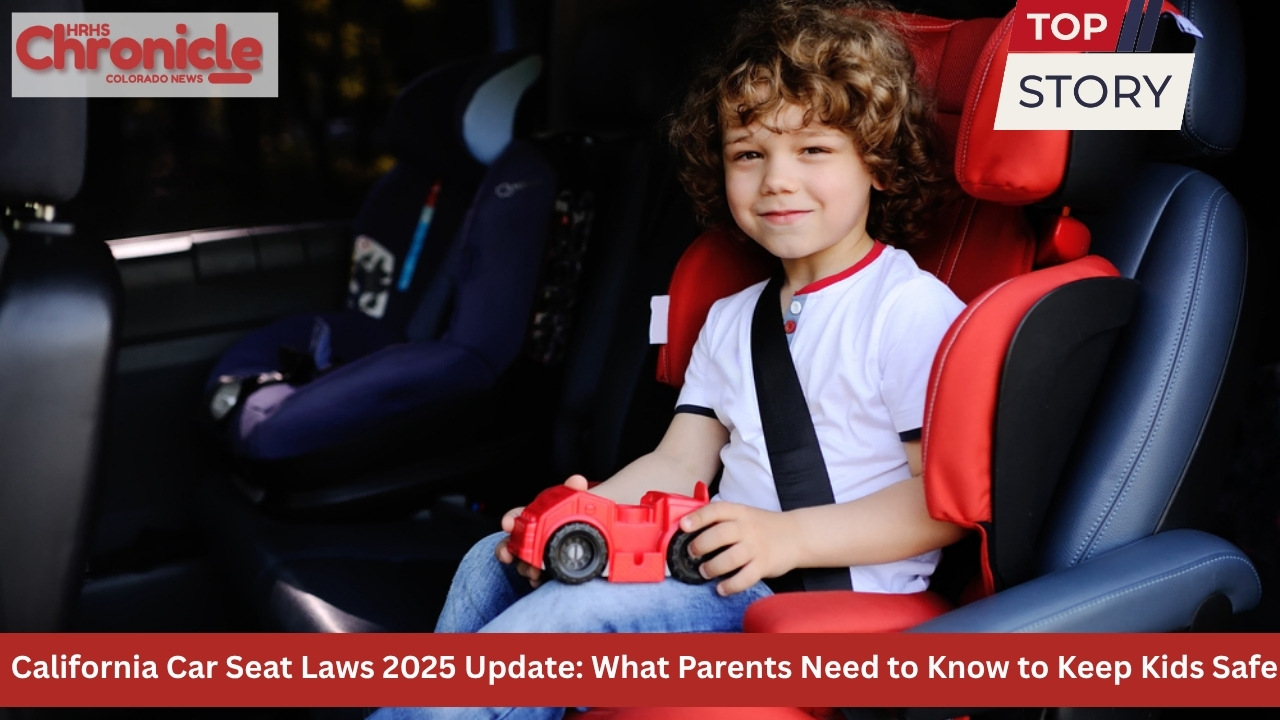
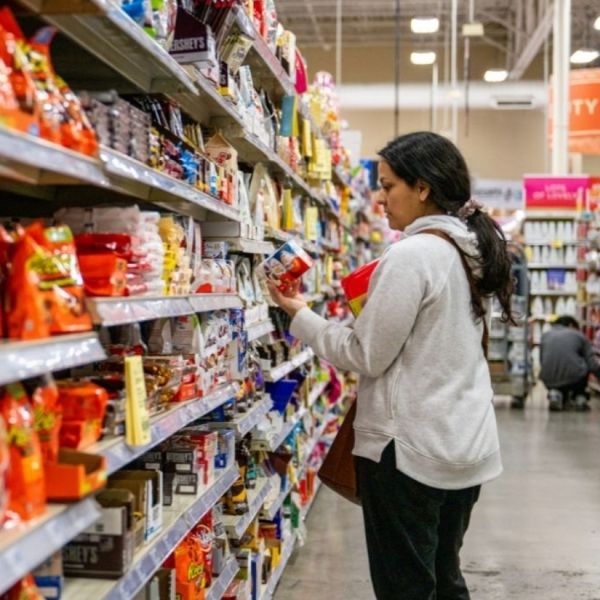





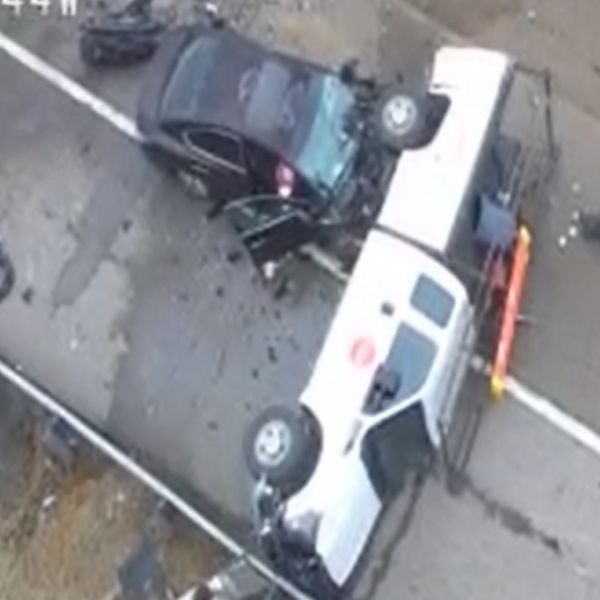

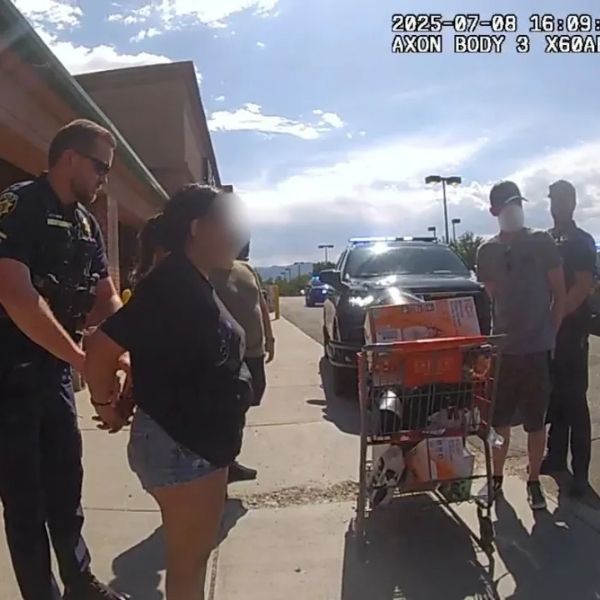
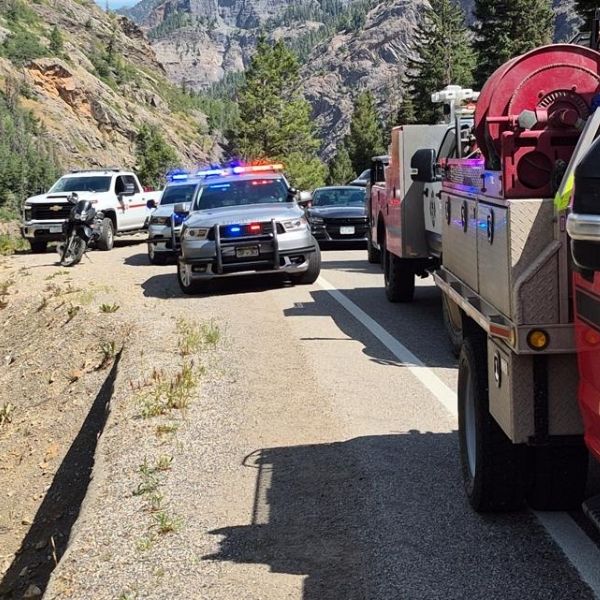



Leave a Reply